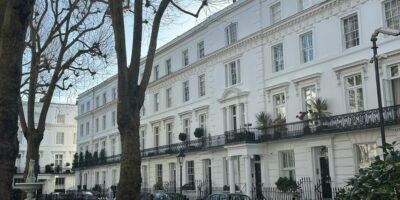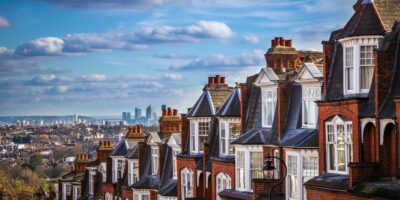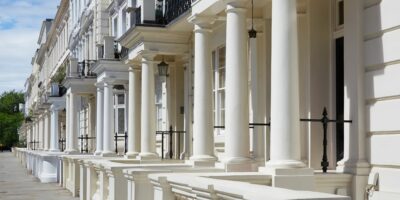
Pied-à-terre in London – Hotspots in Zones 3-6
Much of London’s workforce lives in the commuter belt or even further afield. This is mainly due to family homes being more affordable outside of London and also the strong transport network in the UK.
A pied-à-terre in the London hotspot of Zones 3-6 is popular for many reasons, such as:
- Personal use i.e. when working late or for evening engagements in London
- Housing for children studying in London
- A temporary base when using one of London’s airports
- Long term investment
- Gaining a foothold in London – fear that in future decades this will be unaffordable
In a metropolis as vast as London choosing which area to invest in is the first major challenge.
Buying a pied-à-terre – Making the right decision
There are several factors involved in making the right decision:
- Zones 3-6 represent the best opportunities to find a suitable pied-à-terre (studio, 1 bedroom and 2 bedroom) in the affordable price range of £400,000-£600,000; especially if one is seeking a 2-bedroom apartment
- In this price range, stamp duty is also significantly lower as a percentage i.e. less stamp duty is paid for three properties of £400,000 each, than for one property of £1,200,000
- Many buyers will focus on areas of London that they personally know well. They may also still have family or friends in these areas. While this is an understandable reason, it may not always be the top guiding principle for making the best investment
- Garrington believes that value for money should be a core guiding principle for any pied-à-terre investment. Much of Garrington’s value-add is in identifying good investment locations for our clients and securing specific value for money deals
- Existing and future transport links are critical. But the key factor to note here is that we consider both directions of travel from the outer London zones i.e. those leading into Central London and those leading out of London
Buying a pied-à-terre in Tottenham – Advantages for the savvy investor
Tottenham is an area in London that I believe to be a hotspot for both current and future pied-à-terre investors. It ticks most of the boxes listed above:
- In terms of value for money, prices are still below £800 per square foot and, in some cases, even below £700 per square foot. Of course, micro-location, condition of the property and other factors will have a bearing on the price, as with all properties, but the overall area represents good value for money
- Gross rental yields of more than 4% are achievable for the right property
- Tottenham is undergoing an extensive 20-year regeneration plan under the ‘Strategic Regeneration Framework’. Projects include a new football stadium for Tottenham Hotspur, funding for The National College for Digital Skills, transforming shop-fronts on the high streets and plans for 1,400 new homes, among an extensive list of initiatives
- Existing best transport links in North London. They especially satisfy Garrington’s dual criteria of transport into Central London (Victoria Line at Tottenham Hale takes 15min to Oxford Circus) and transport out of London (East Anglia Line and trains to Stansted Airport)
- Future extension of transport hub to include Crossrail 2 through Tottenham Hale
Garrington’s experience with pied-à-terre investors
Over recent years Garrington’s experience with pied-à-terre investors have been extensive and has revealed shared characteristics.
First of all, their budget tends to be between £400,000-£600,000.
Secondly, they have prioritised transport links out of London over transport links into Central London. However, Garrington believe that transport links into Central London are critical for achieving gross rental yields above 3.5%.
Finally, the pied-à-terre usually has multiple functions and includes personal as well as investment use. Having a foothold in London is also a key psychological driver.
Pied-à-terre investors are likely to focus on 1 to 2 bedroom flats that are to let and which their children are able to use when studying in London. Studio flats seem less popular. Furthermore, we have noticed that they usually focus on areas that are in the geographic direction of their main home – investors in the North tend to choose North London, those in the West choose North-West and West London and so forth.
With Outer London prices outperforming Central London prices over the past year (annually Outer London prices are approx. 10.7% and Central London prices are approx. 4%), many areas in Outer London have become unaffordable already. While Central London prices are stagnating due to higher stamp duty and the uncertainty of Brexit, Outer London prices are flourishing due to population growth.
In my opinion, the days of being able to afford a pied-à-terre in London are numbered. Therefore, for those commuters and others who live outside London, it is important to get one’s foot in the door now, especially in those areas that still represent value for money.
If you would like to know more about Garrington and how we can expertly guide you, please get in touch for a no obligation initial discussion.


